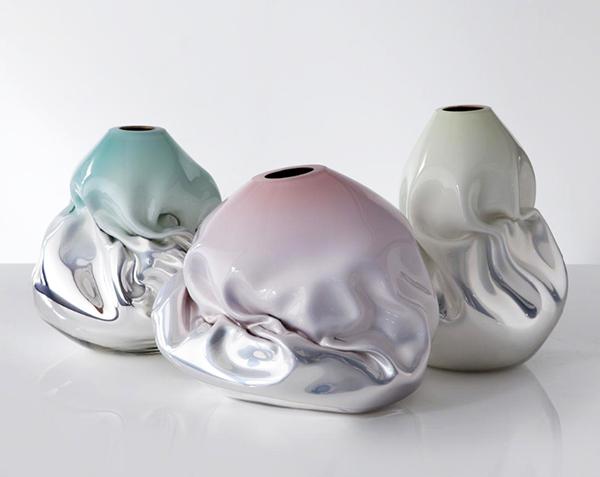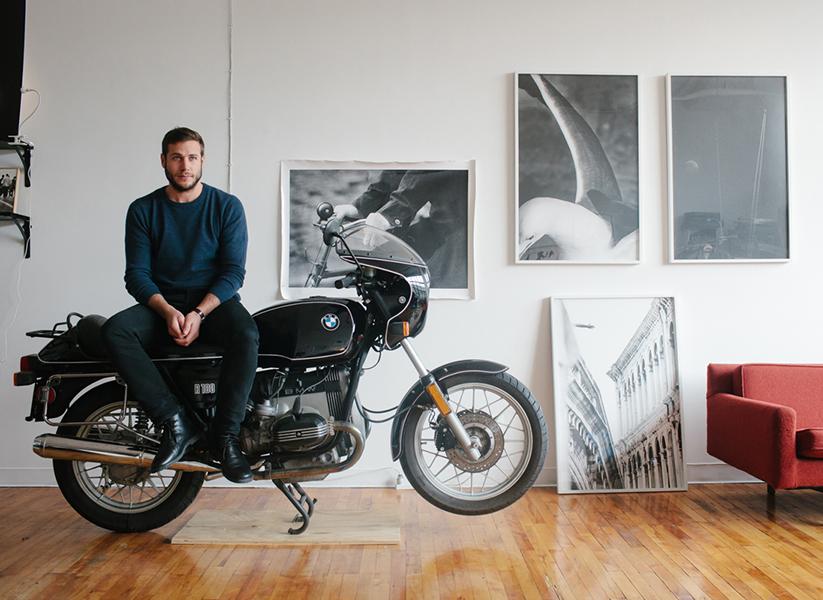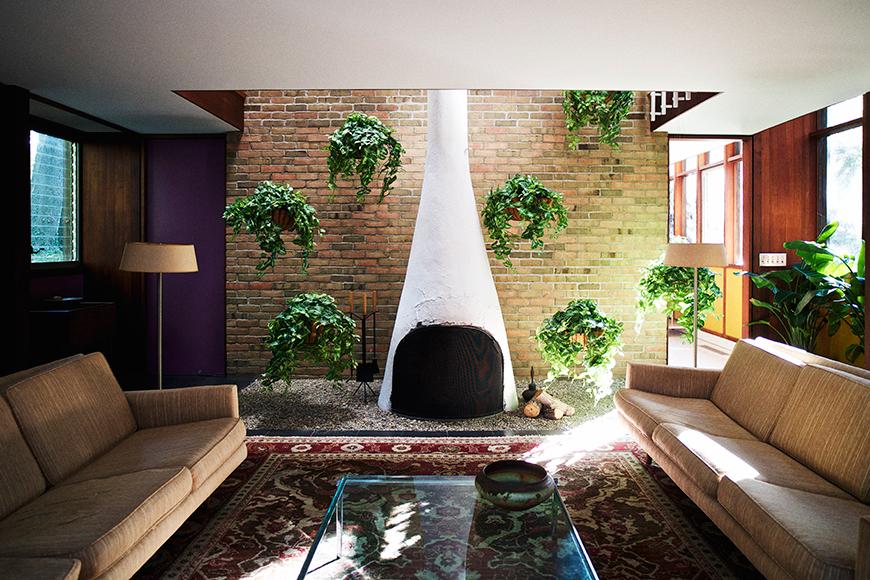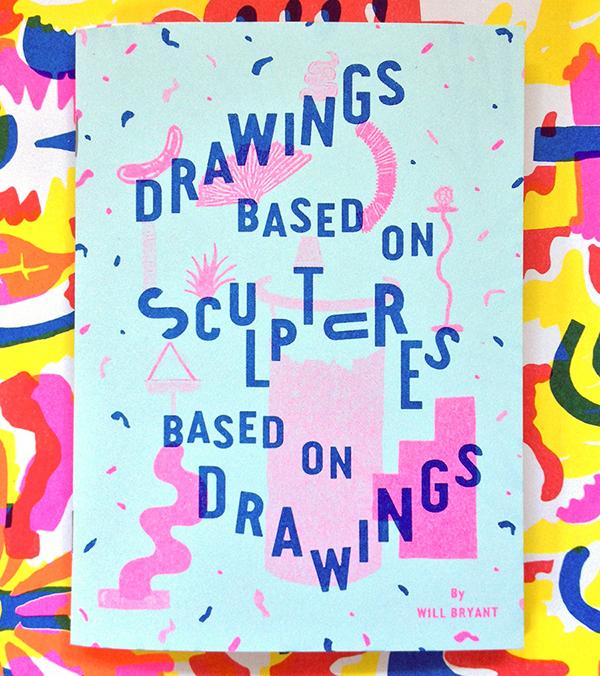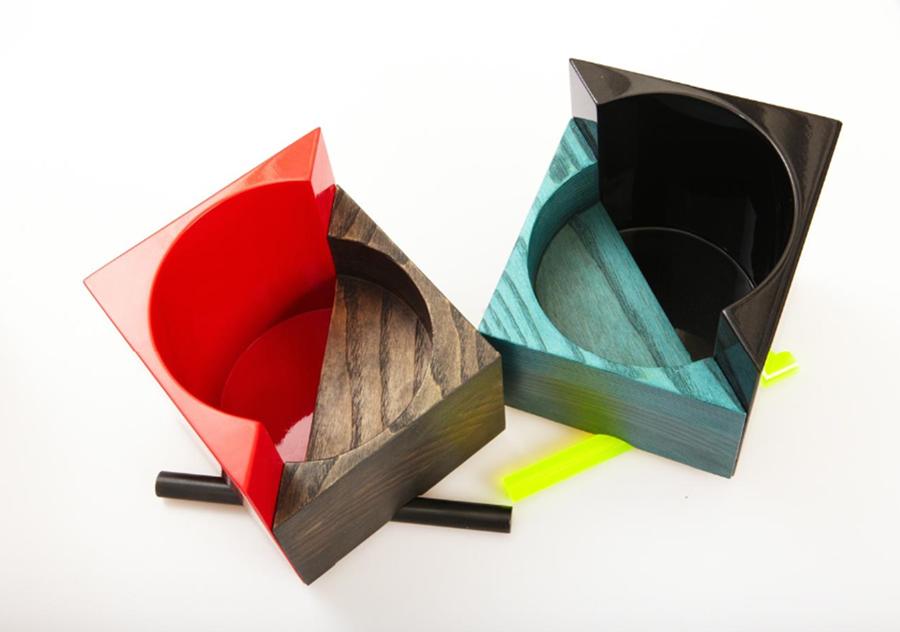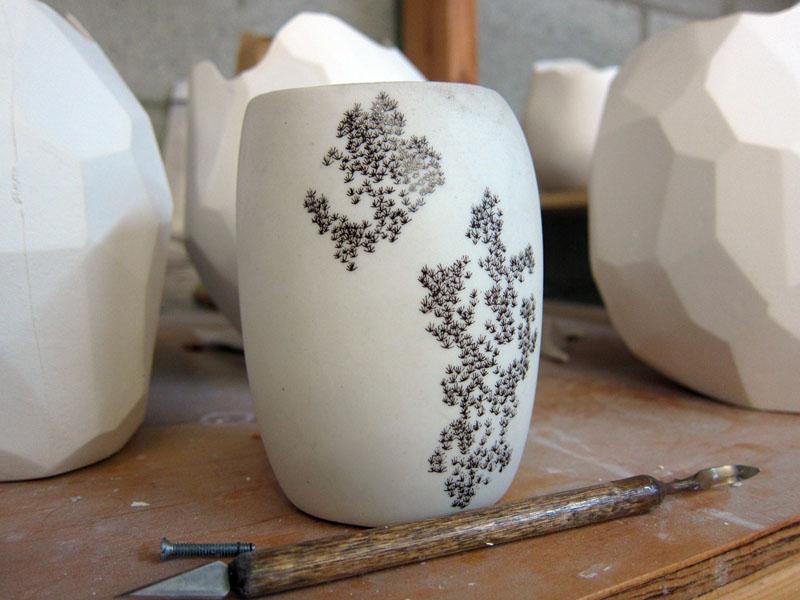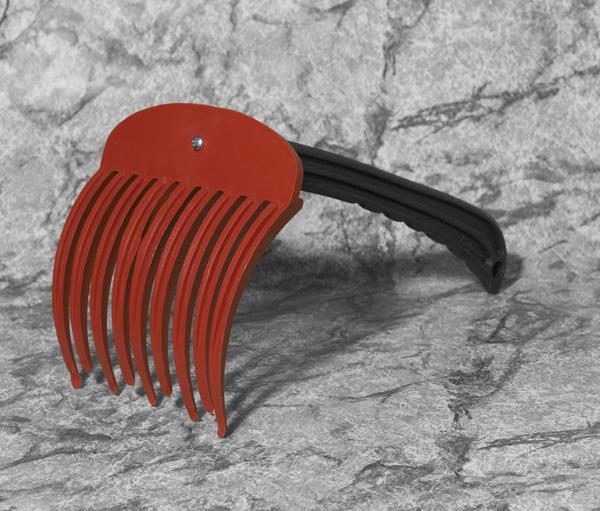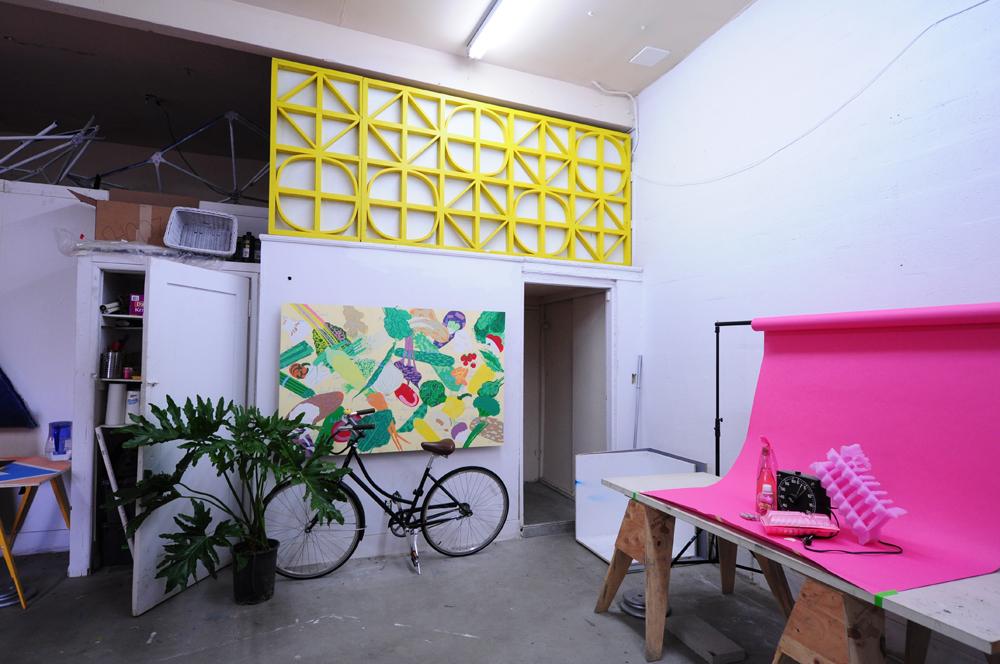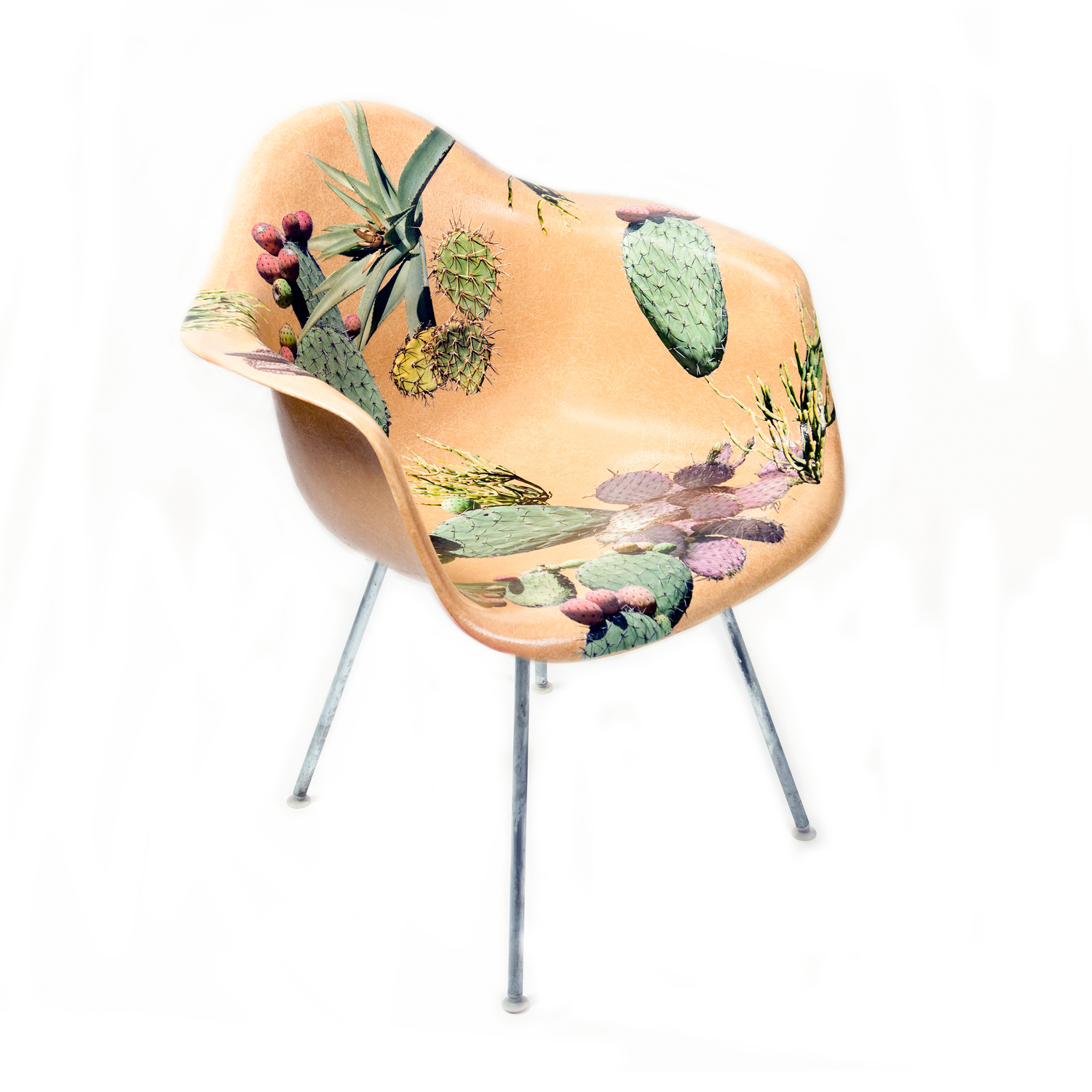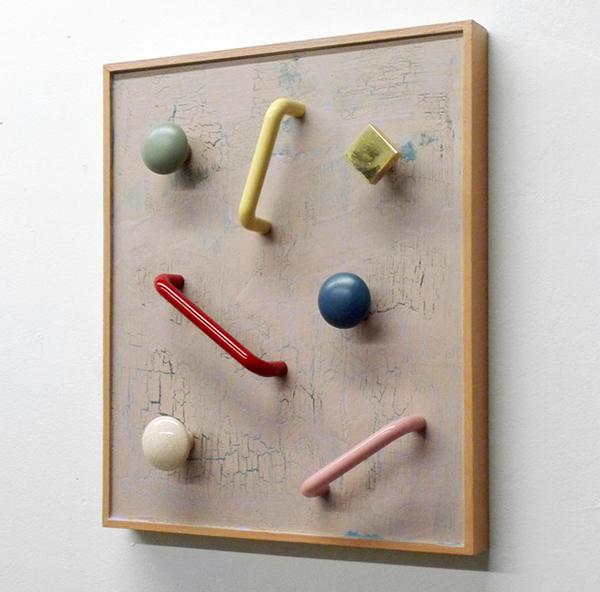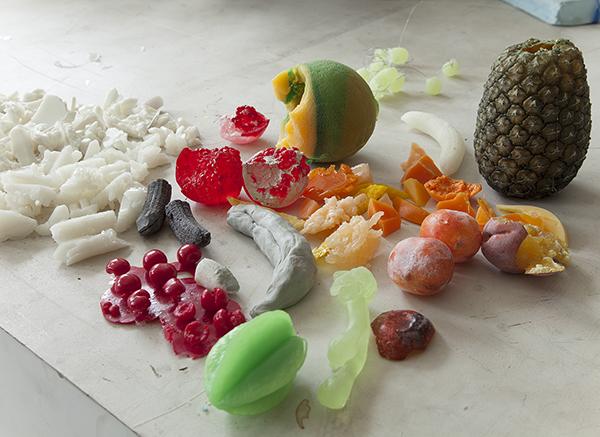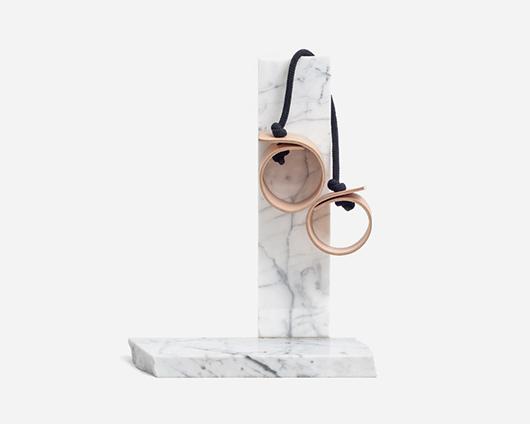Sarah Trigg spent more than two years photographing the ateliers of 100 artists around the country for her new book Studio Life: Rituals, Collections, Tools, and Observations on the Artistic Process — including boldfaced names like Carol Bove, Rob Pruitt, Theaster Gates, Tauba Auerbach, and Nick Cave. And yet you won't see any of their actual artwork in its pages (we've added our own to the David Altmejd excerpt below), nor will you see any overall depictions of their spaces. That's because Trigg, an artist herself, took inspiration from the most important elements of her own Brooklyn studio and decided to exclusively zoom in on any residue, mascots, collected objects, rituals, makeshift tools, and architectural details she found during her visits. "I placed a lens on daily studio life without expecting artists to defend or explain their work," she writes of her process. "It was crucial, therefore, not to overshadow the results with portraits, artwork, or depictions of the overall grandeur of the studios — all of which have established venues for exposure elsewhere."
